
As the leaves of late autumn fall and we look forward to the coming winter, we are greeted by the annual Intercontinental Carnival. This year, our journey of exploration reached the maritime realm of Oceania, a magical region with a truly unique multicultural tapestry. Let’s look at some of the highlights from our art journey in Oceania!
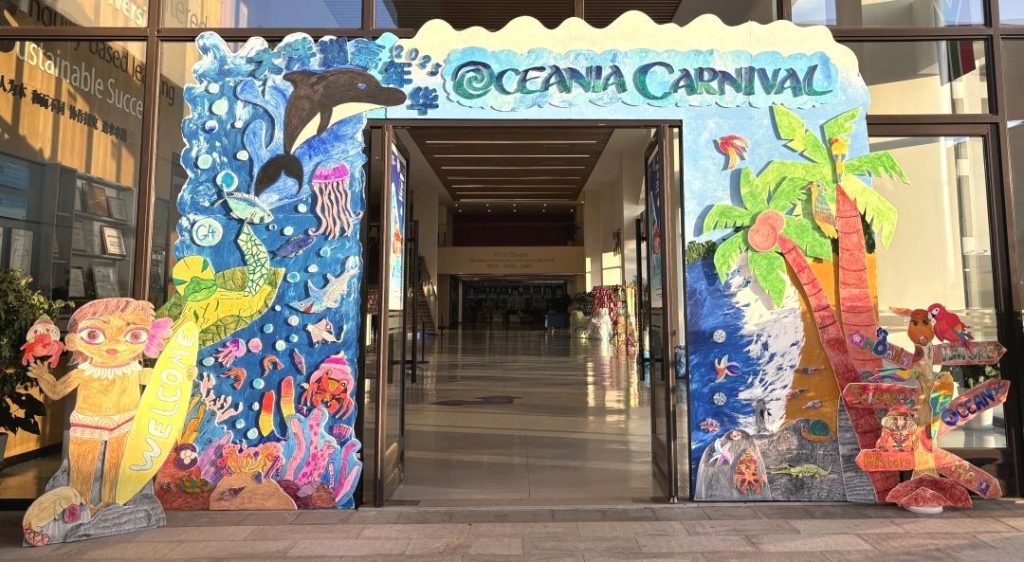

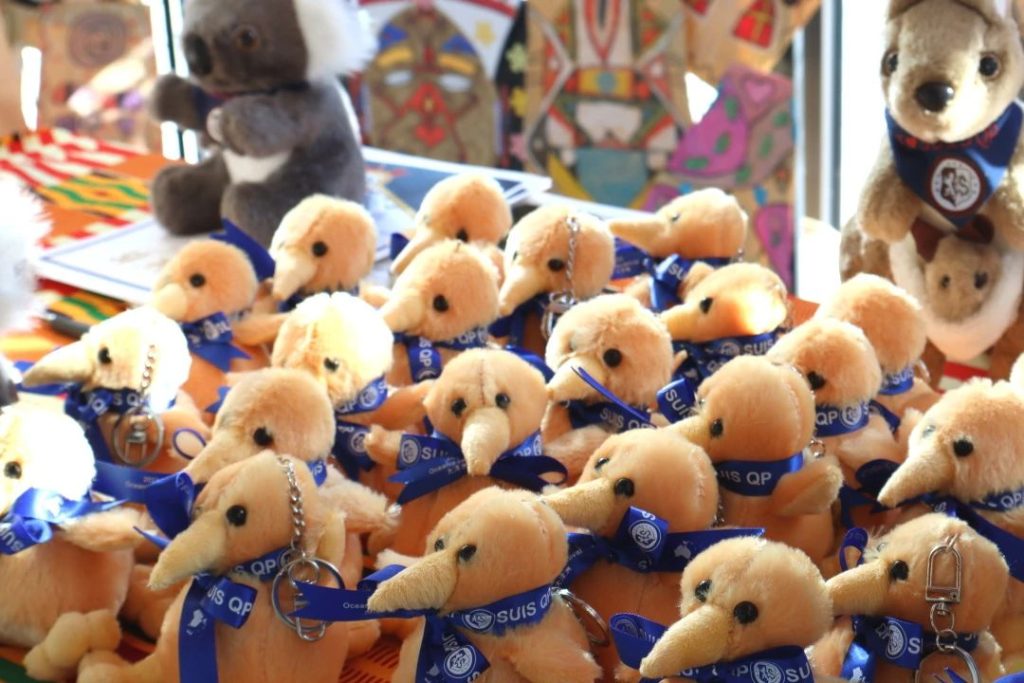

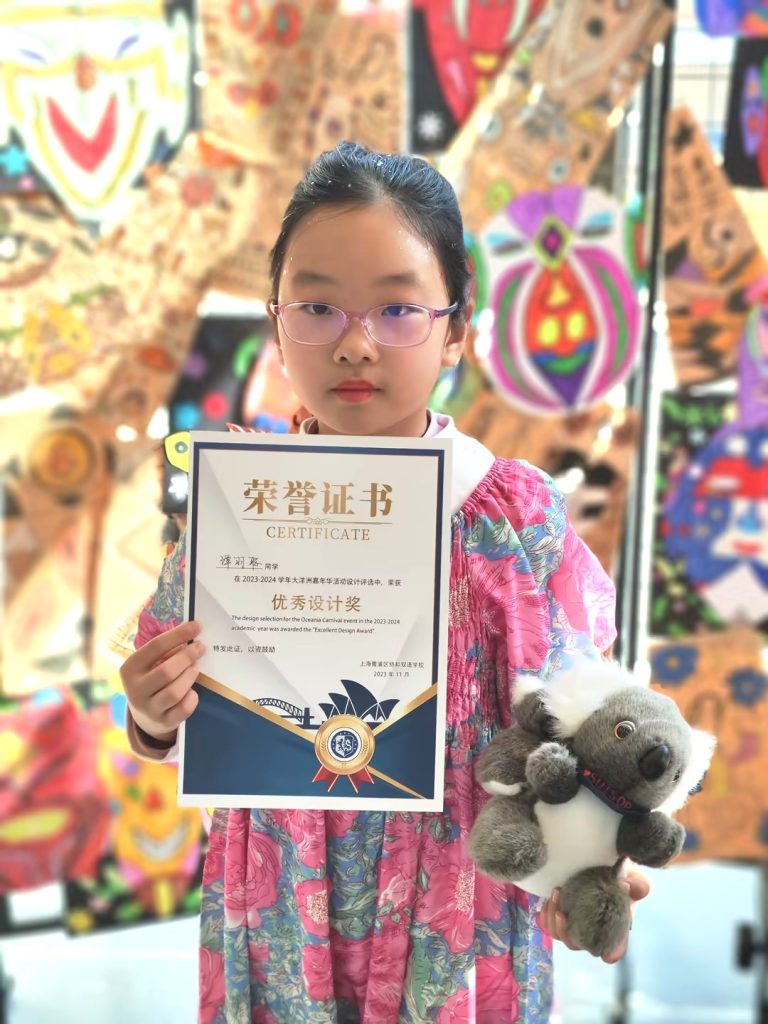
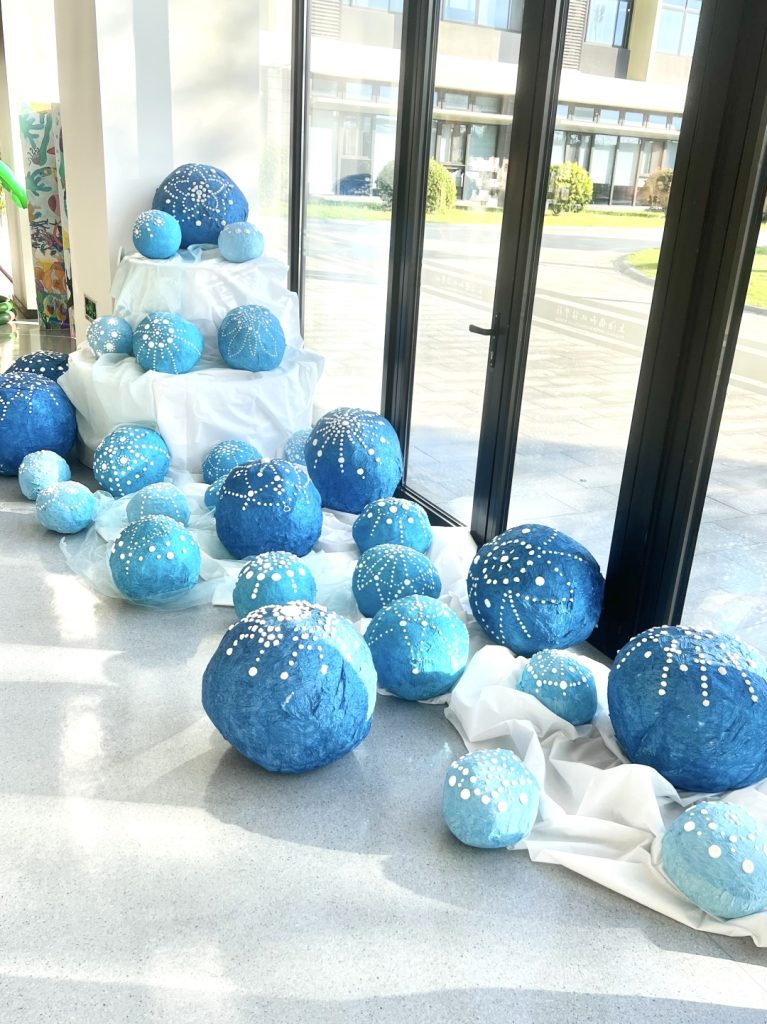
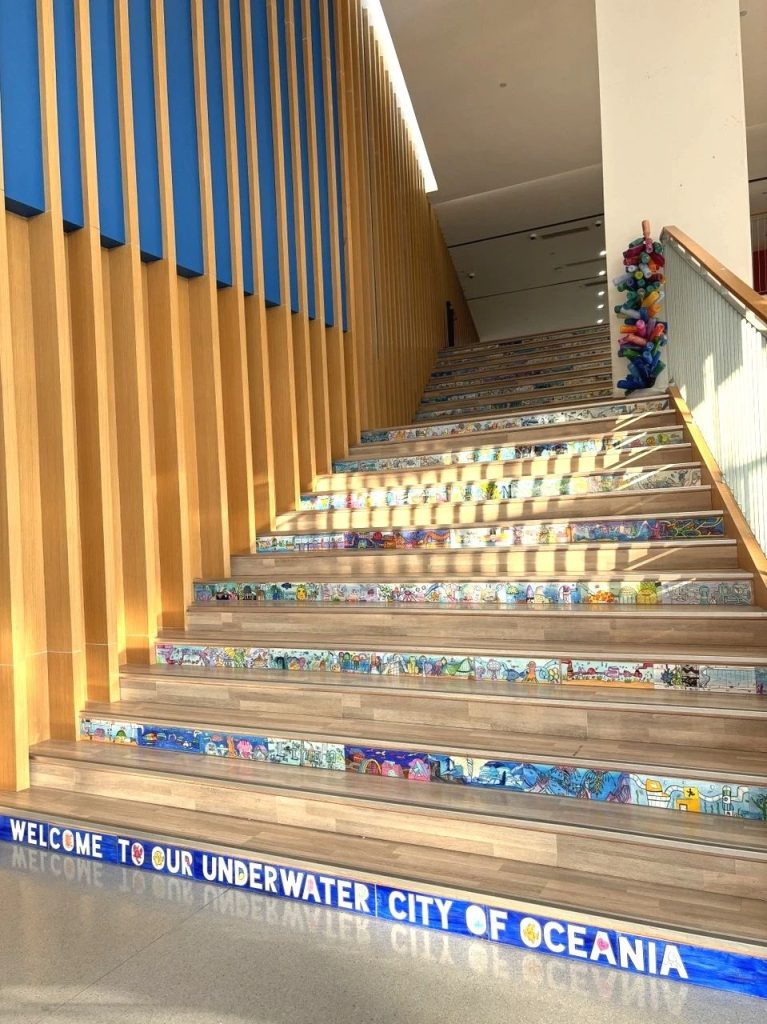
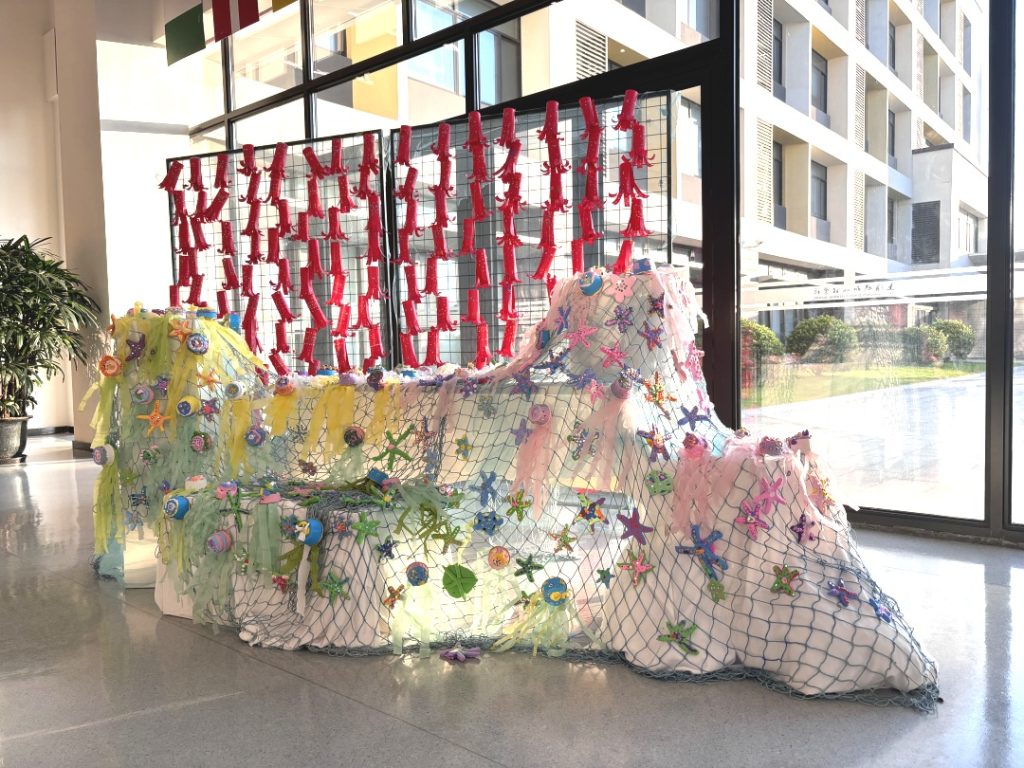
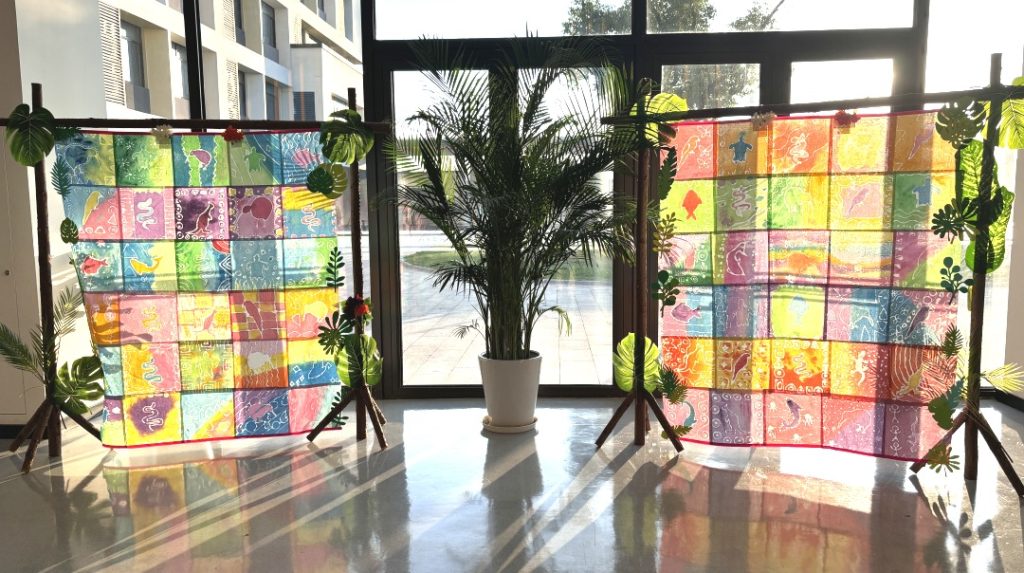
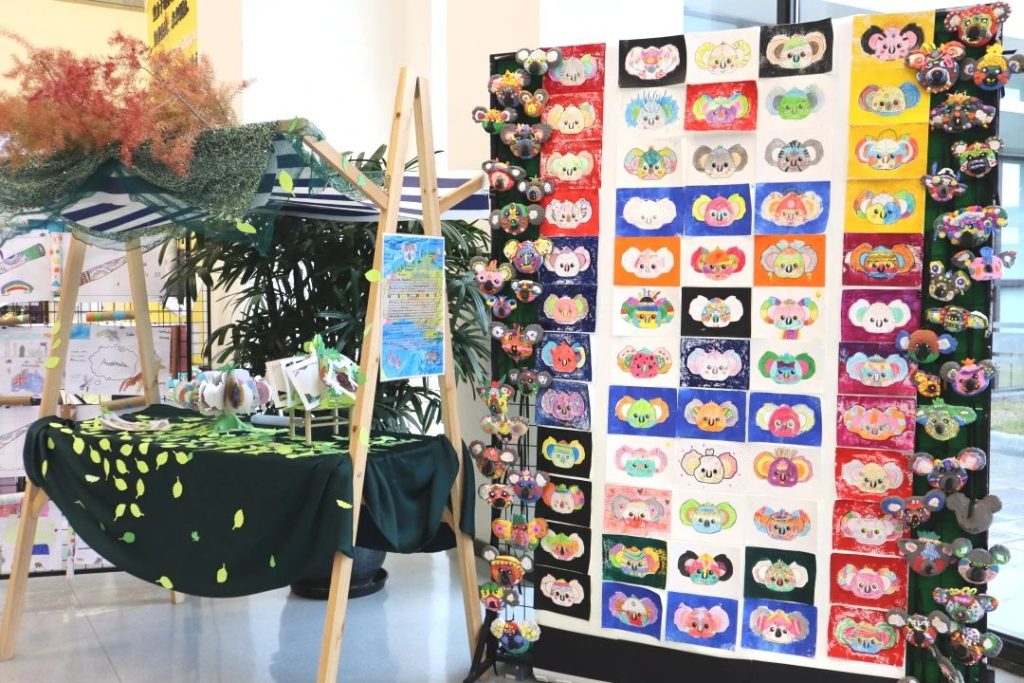
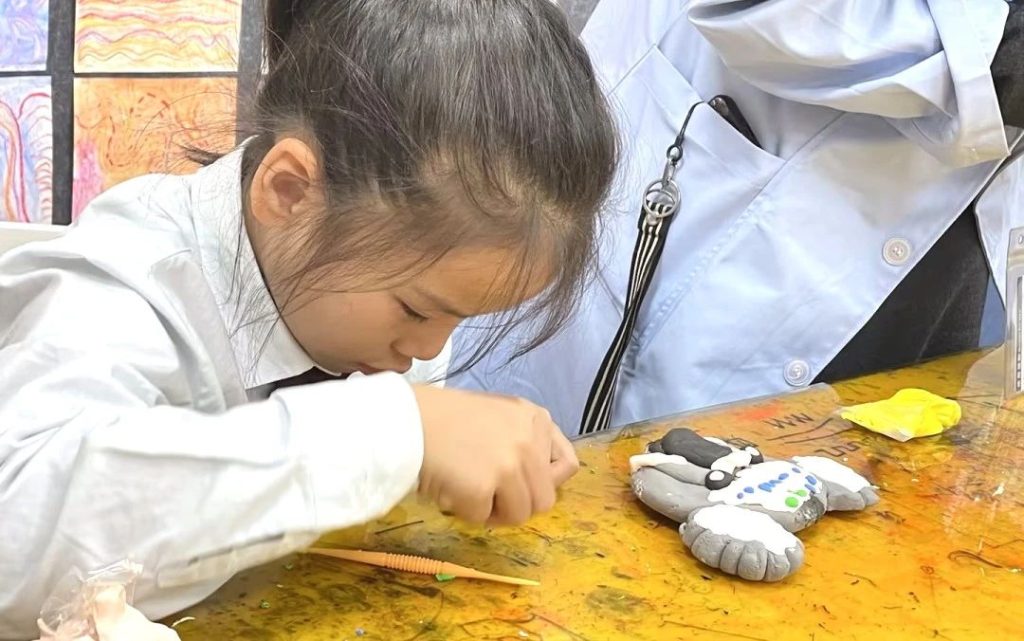

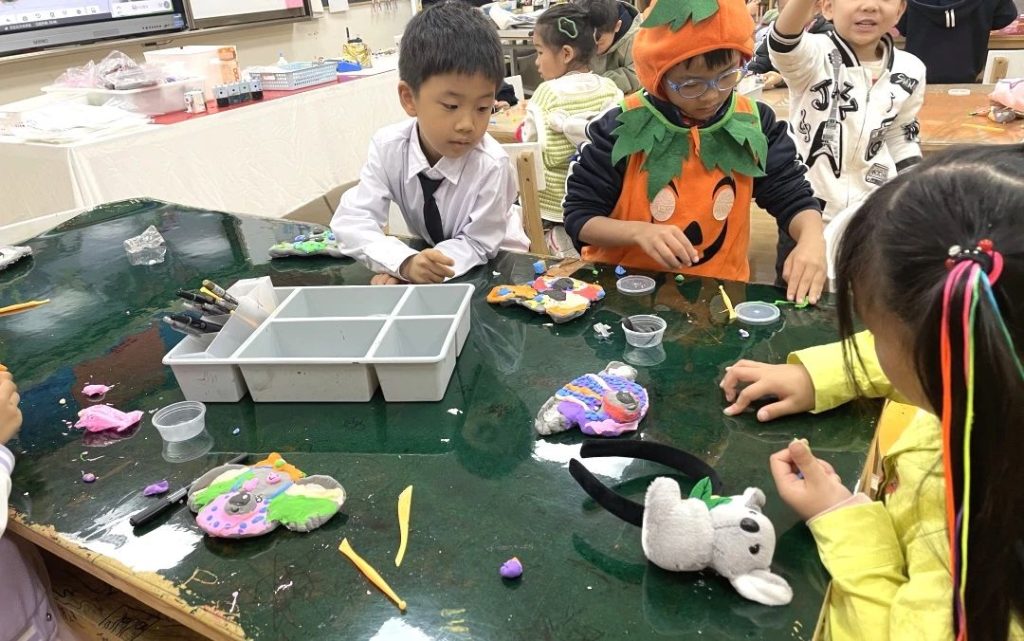

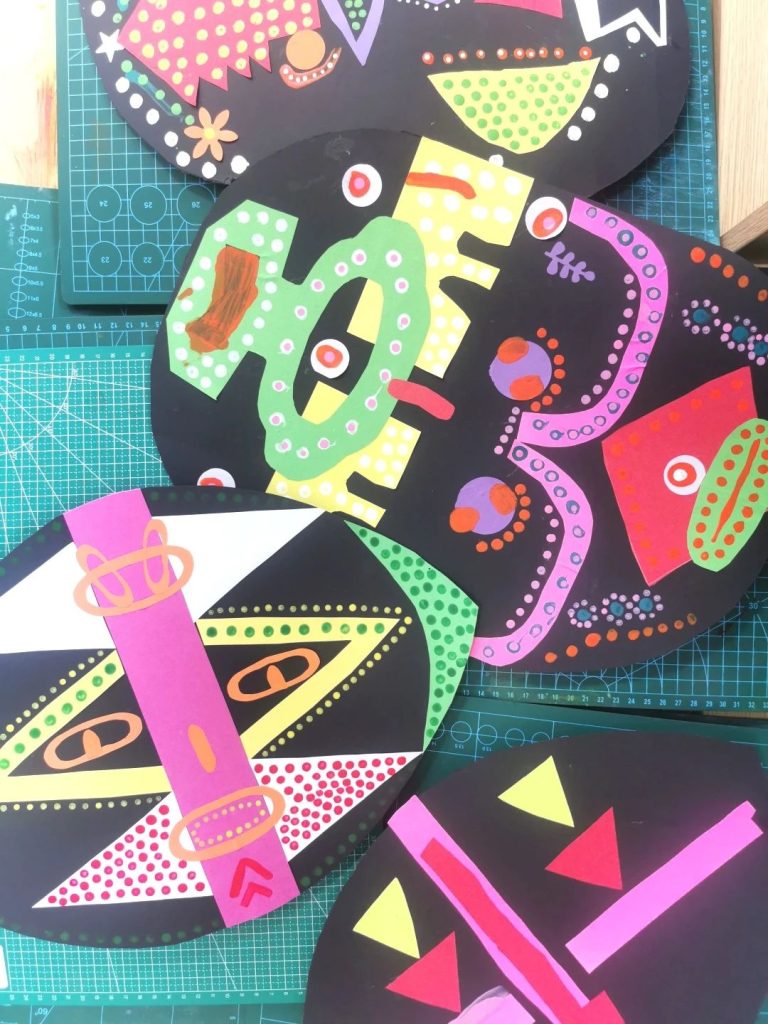


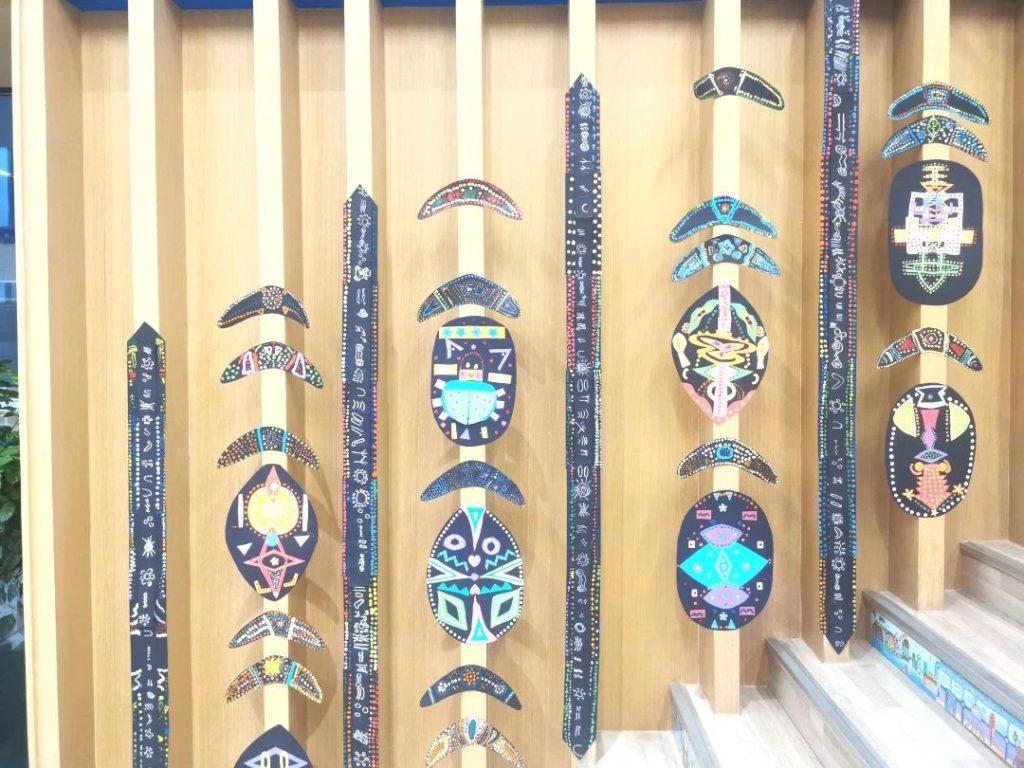
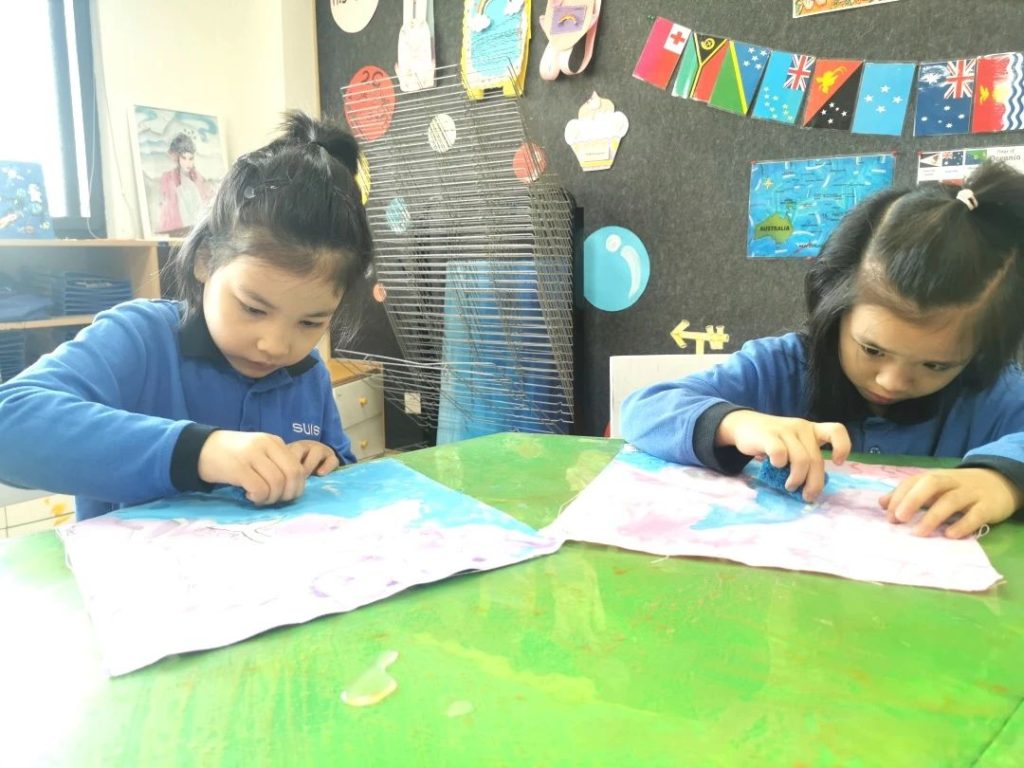
Second-grade students further explored New Zealand Maori culture by using tribal designs to create personalized facial tattoos on their photos. They carefully selected iconic New Zealand patterns for decoration, resulting in eye-catching face tattoo artworks. In addition, students engaged with Australian indigenous people in the classroom, learning and applying aboriginal art techniques such as symmetrical paper cutting and dot painting. They also handcrafted shields and boomerangs, which hold deep traditional significance. Furthermore, the curriculum incorporated the mysterious art of cave paintings. By observing and analyzing the artistic style of cave paintings, students used pastel sticks on textured paper to draw and recreate the charm of this ancient art form.

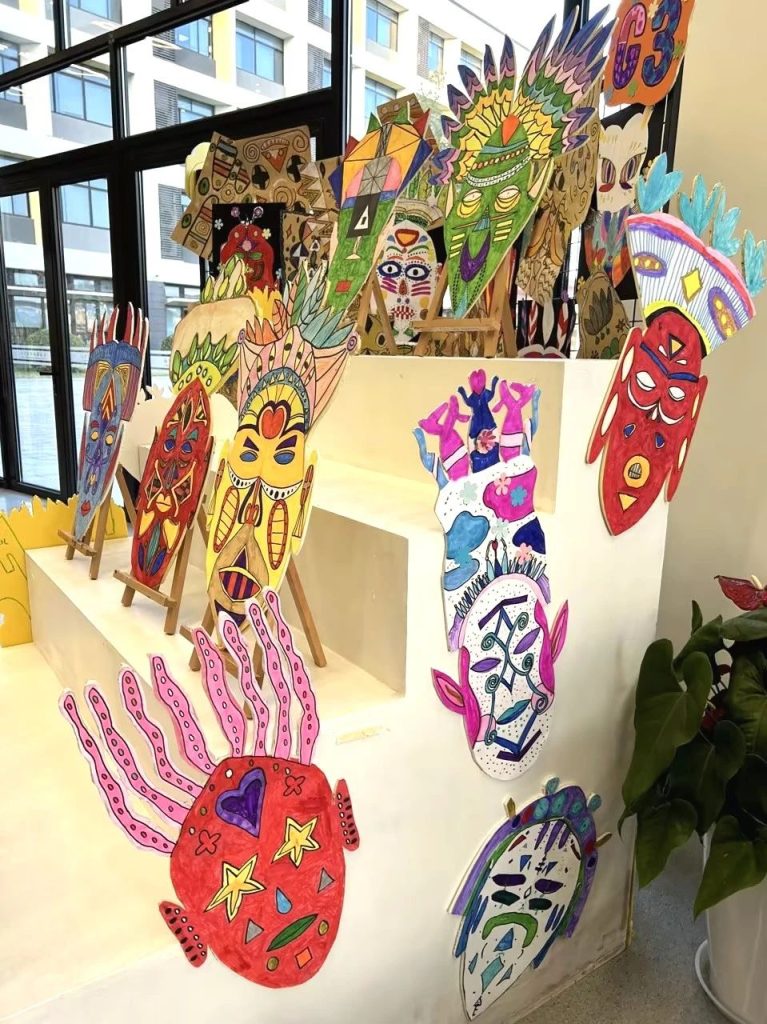
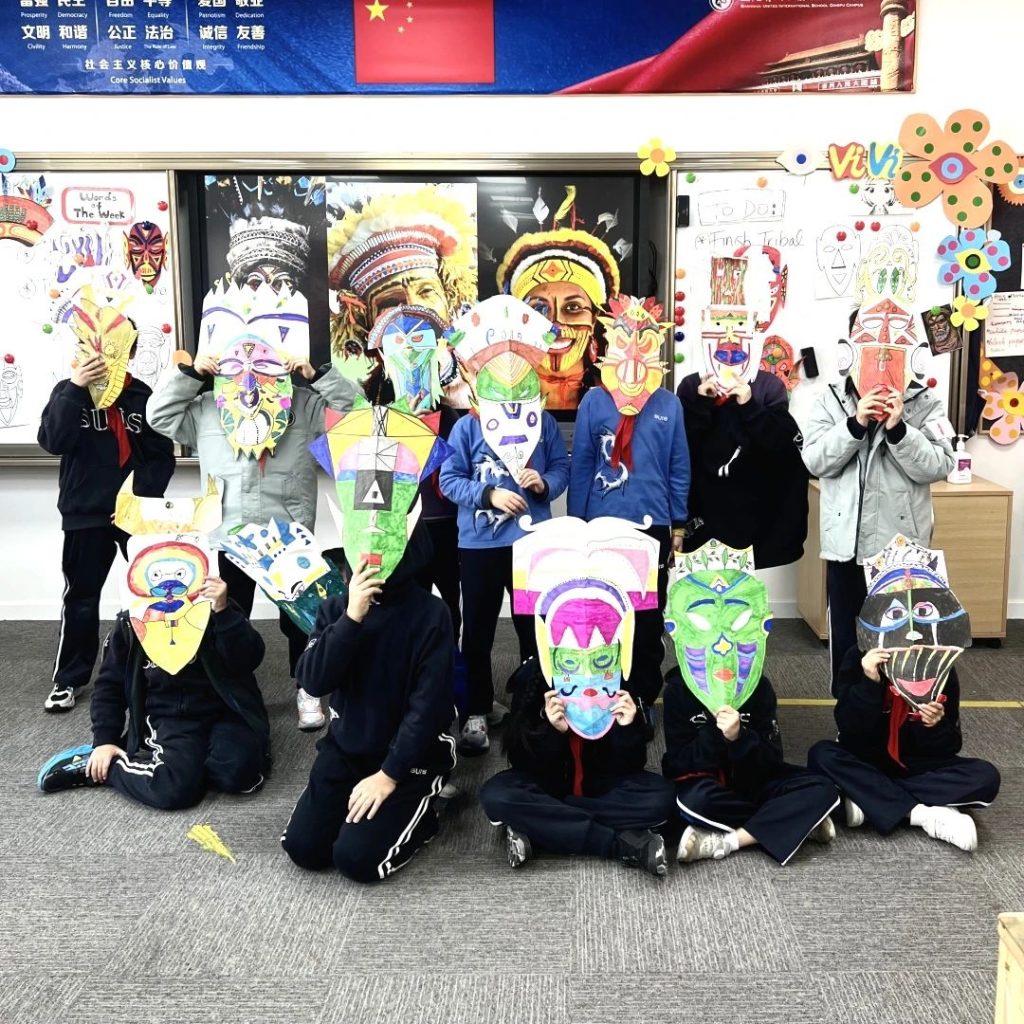


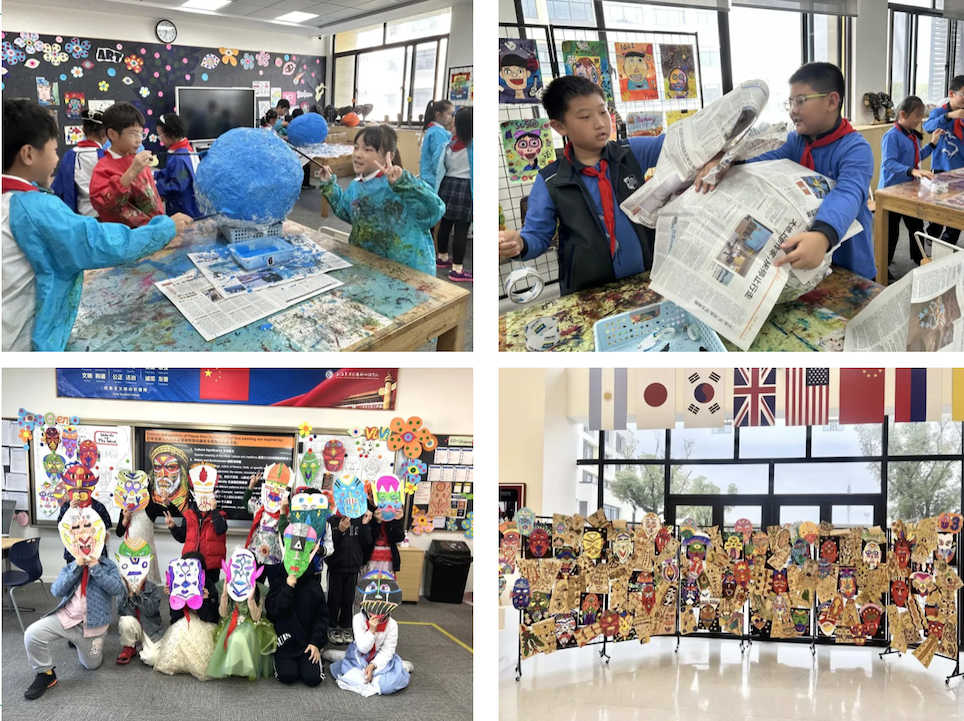
After learning about the tribal culture of Papua New Guinea, third-grade students were inspired to create their own artwork. They used craft paper to mimic the texture of bark and painted traditional tribal patterns on it, accurately reproducing the artistry of bark paintings. Furthermore, the students mastered the art of Australian dot paintings, bringing a unique artistic ambiance to the thoroughfare.
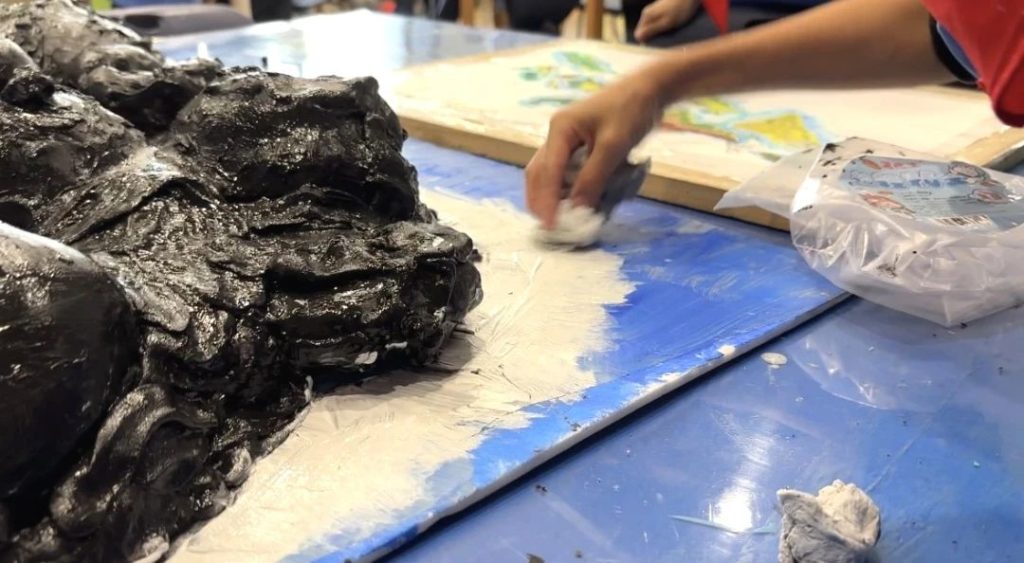
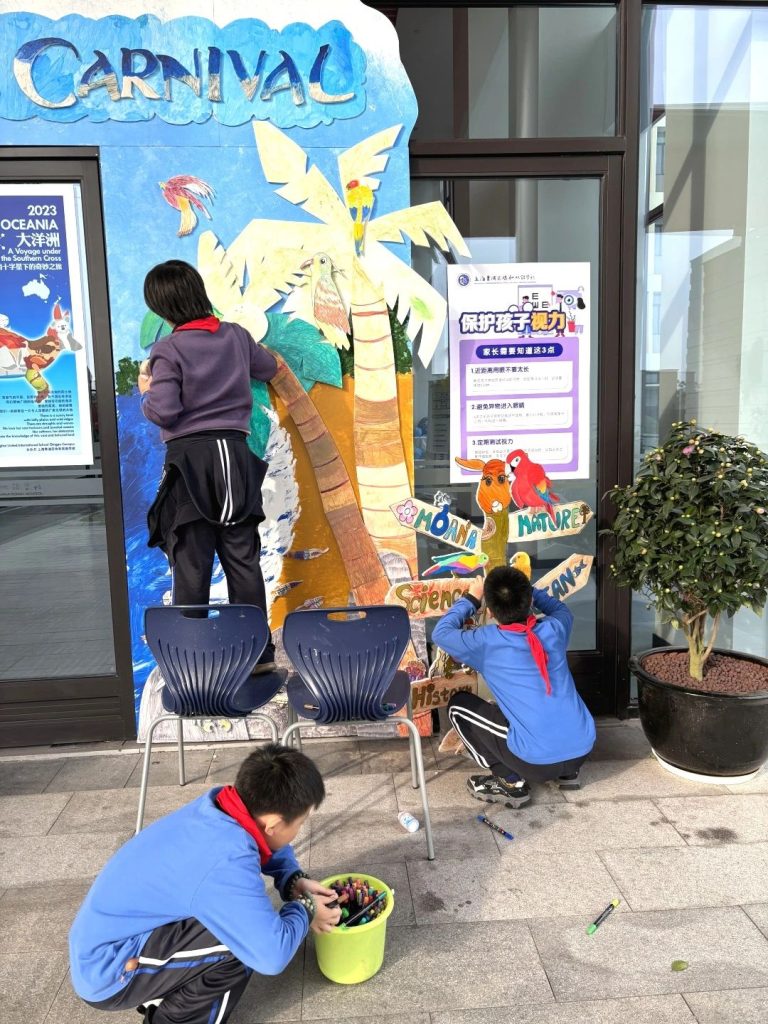
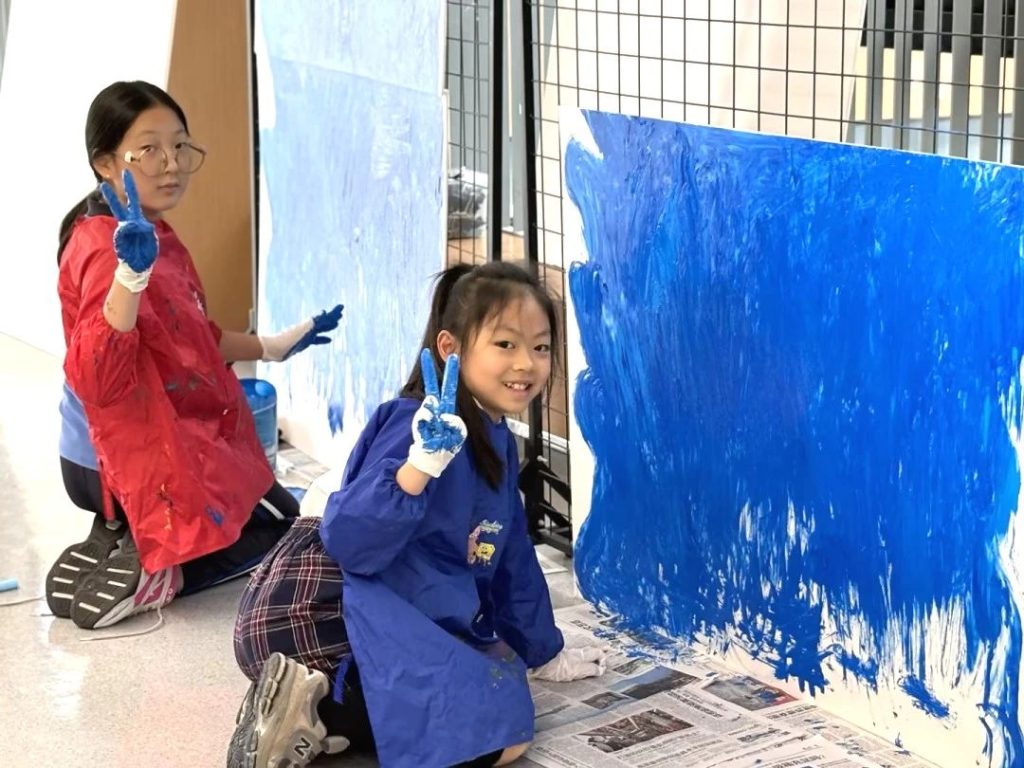
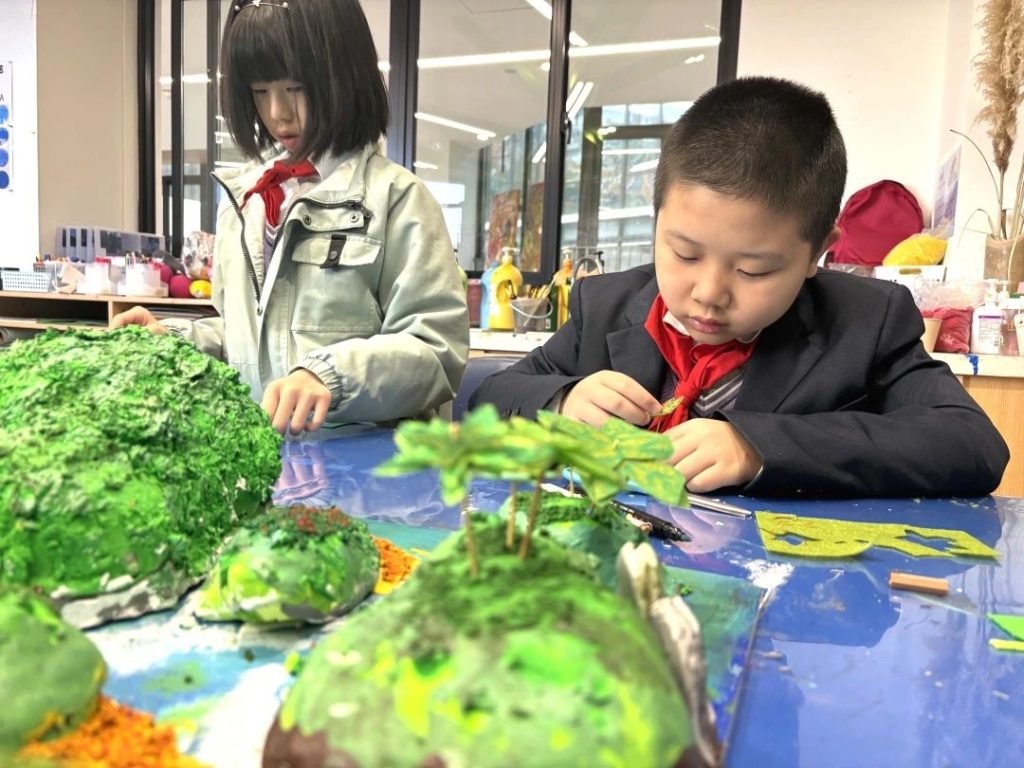
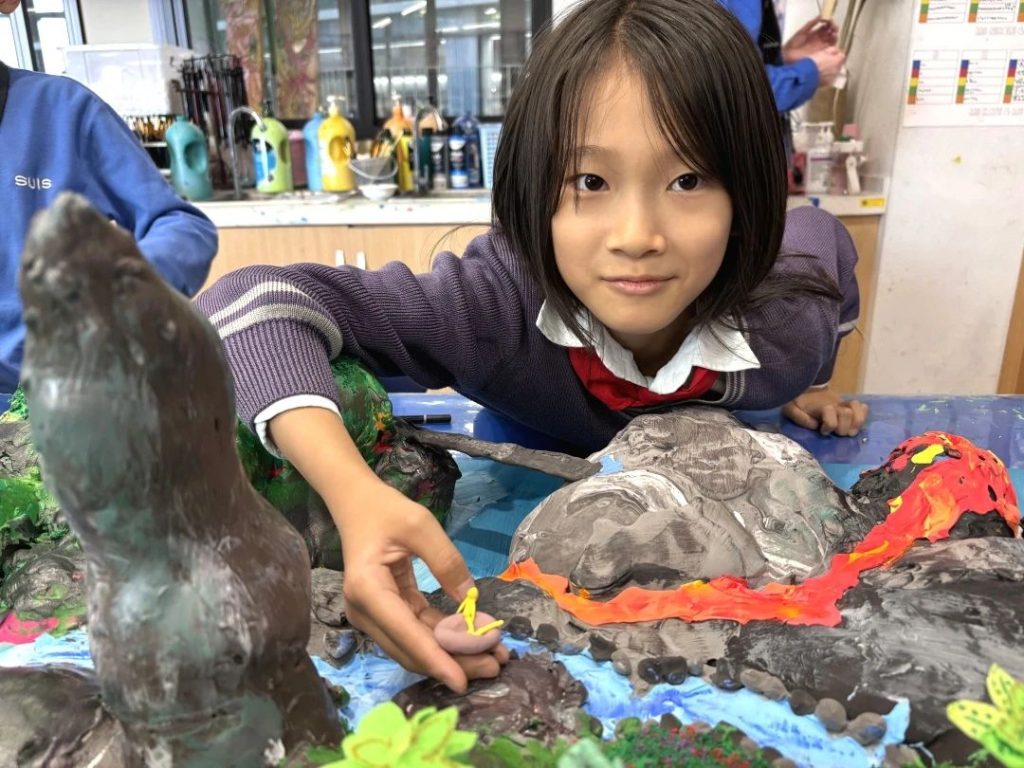
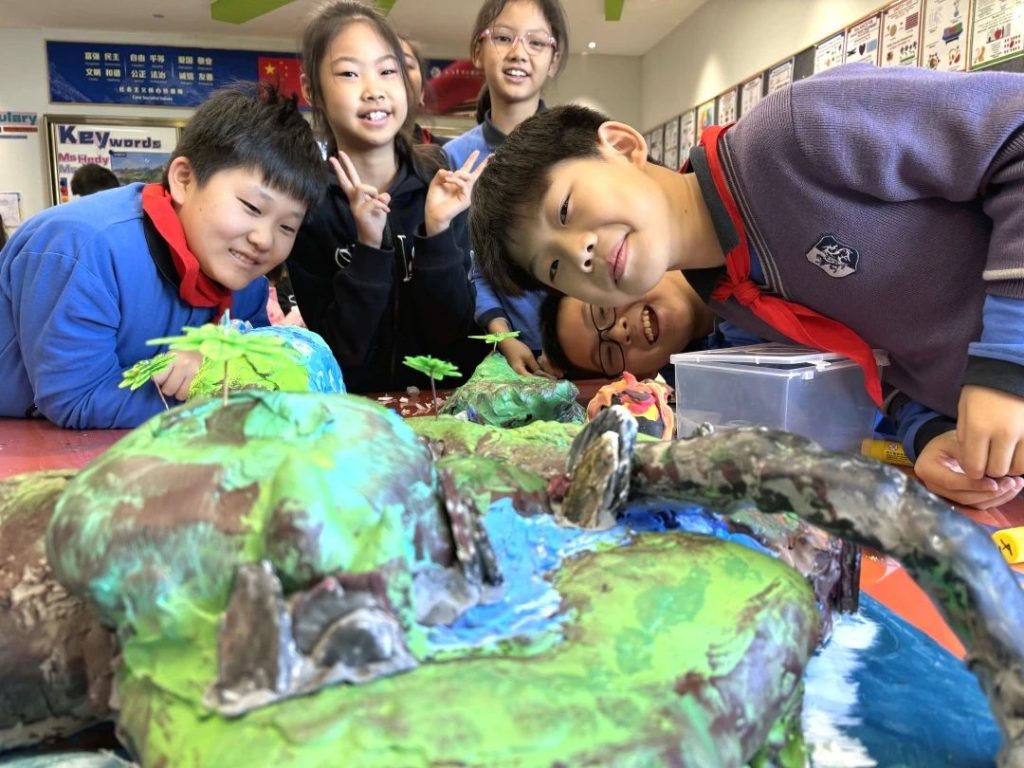
The fourth-grade curriculum focused on geography, with students studying the geographic features of Oceania’s islands. They engaged in group discussions and delved into the islands’ topography, natural landscapes, marine life, and architectural styles. Subsequently, the students meticulously planned and designed three-dimensional models of nine representative Oceanian islands. These models provided an up-close look at the natural and cultural landscapes of Oceania. Additionally, in collaboration with their teachers, the students carefully designed and decorated the entrance to the Oceania Carnival, aiming to ensure that every campus visitor could immediately experience the unique essence of Oceania.
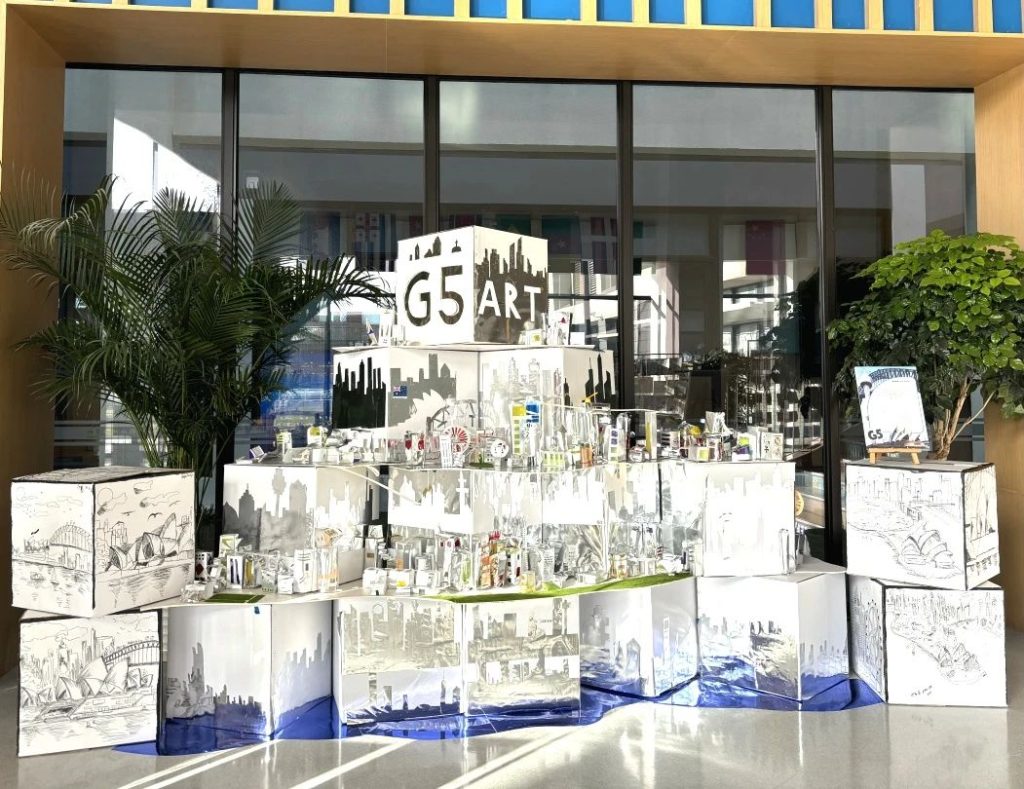
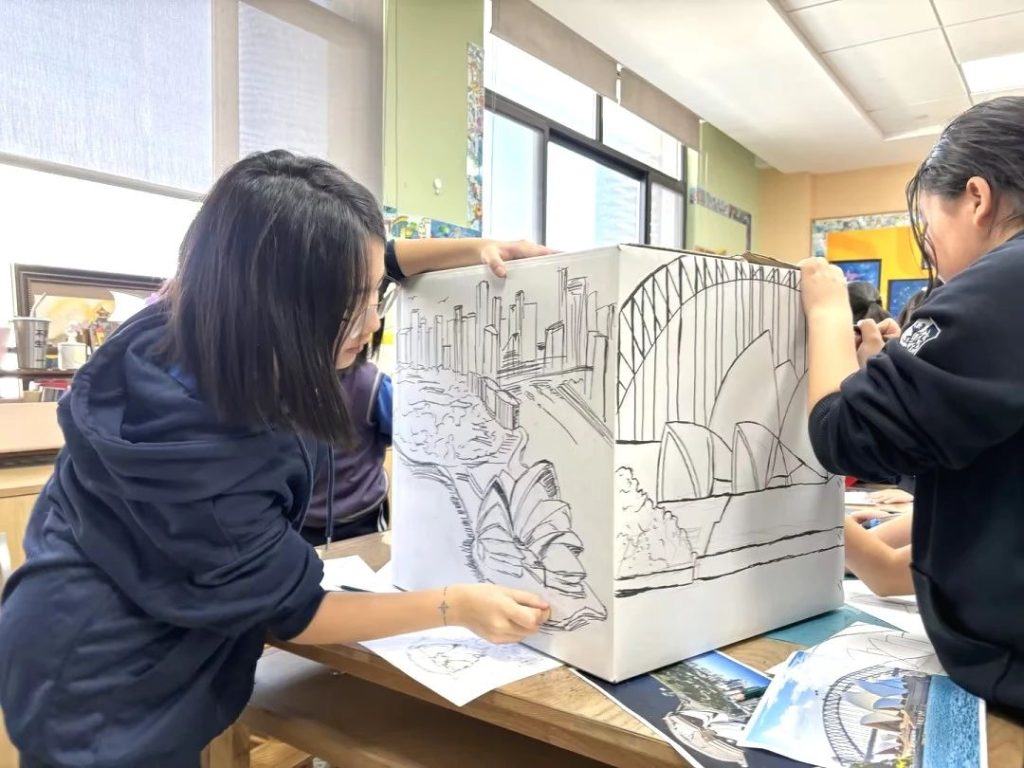
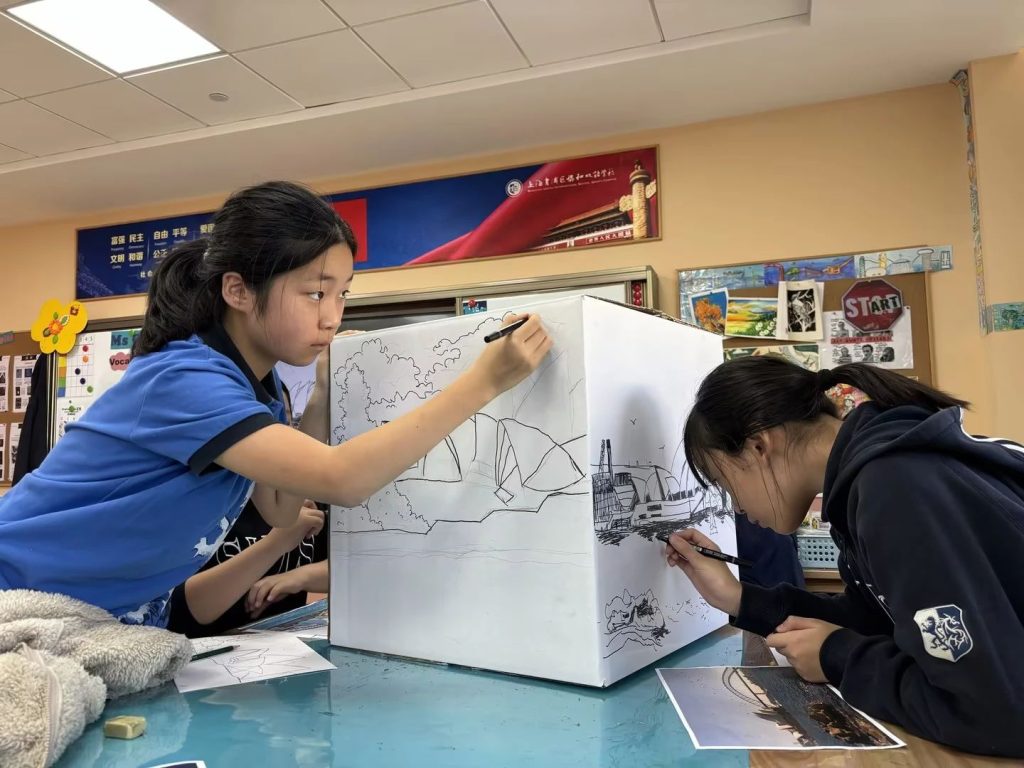

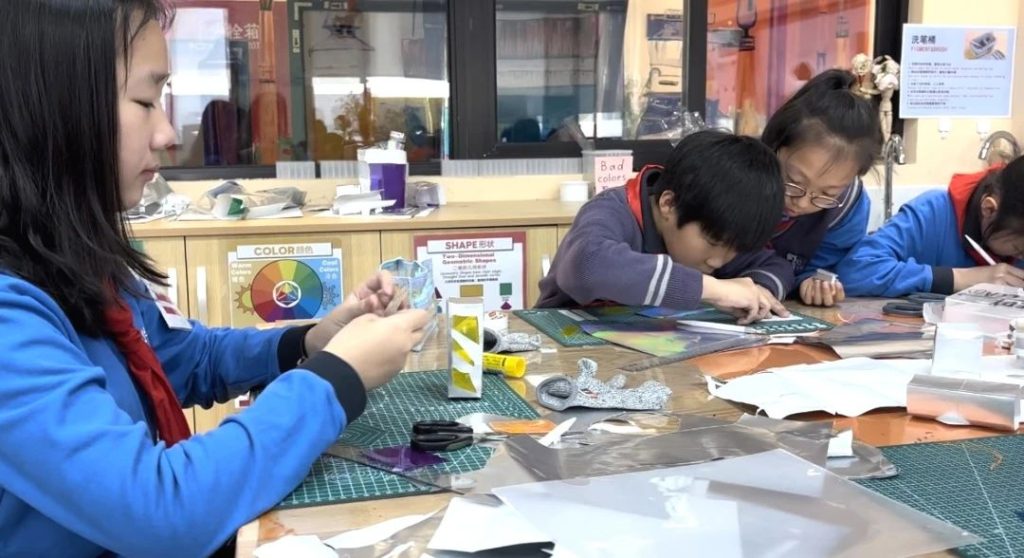


In their study of Oceania’s architecture, fifth-grade students took on the role of junior architects. They analyzed and discussed the shapes and structural features of distinctive Oceanian buildings. The culmination of their project was the creation of an imaginary underwater city, which they displayed on the steps of the large entrance hall staircase. The students went beyond traditional art methods, learning paper art techniques such as origami, papercutting, and paper carving to craft detailed architectural models that captured the essence of Oceanian architecture. Throughout this creative process, the students closely collaborated, integrating their individual buildings into a unique and cohesive city model.


